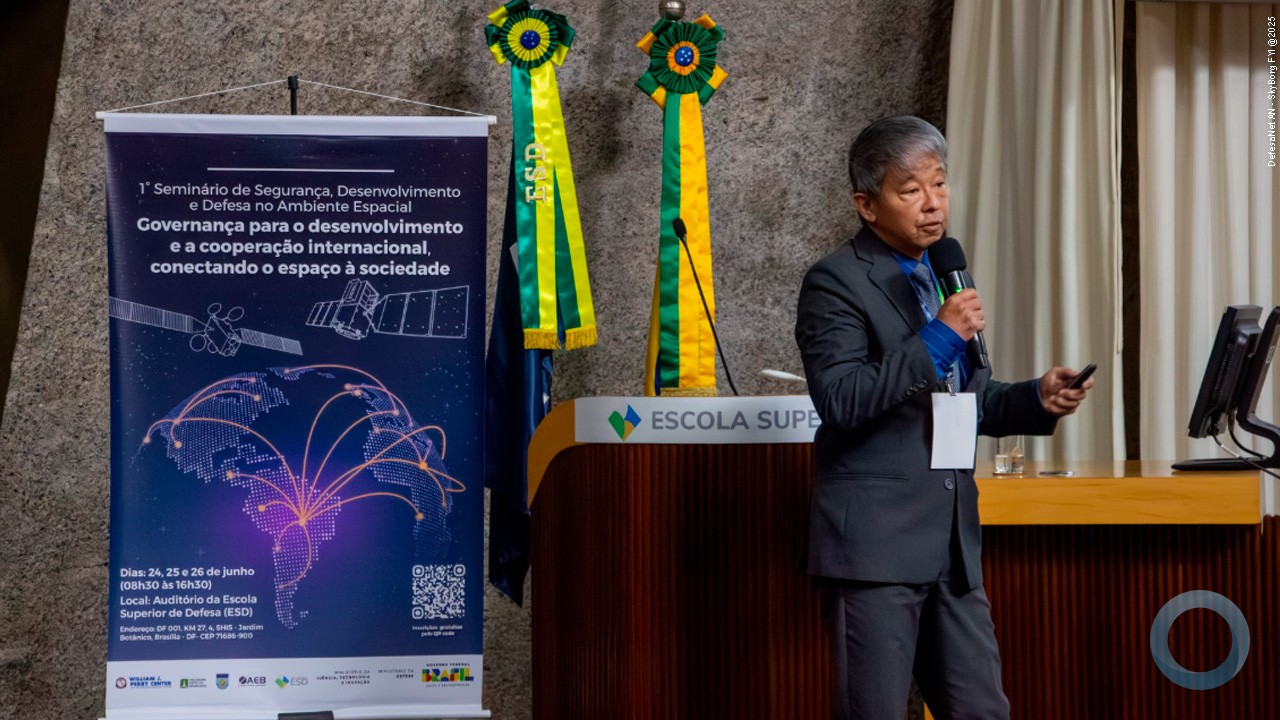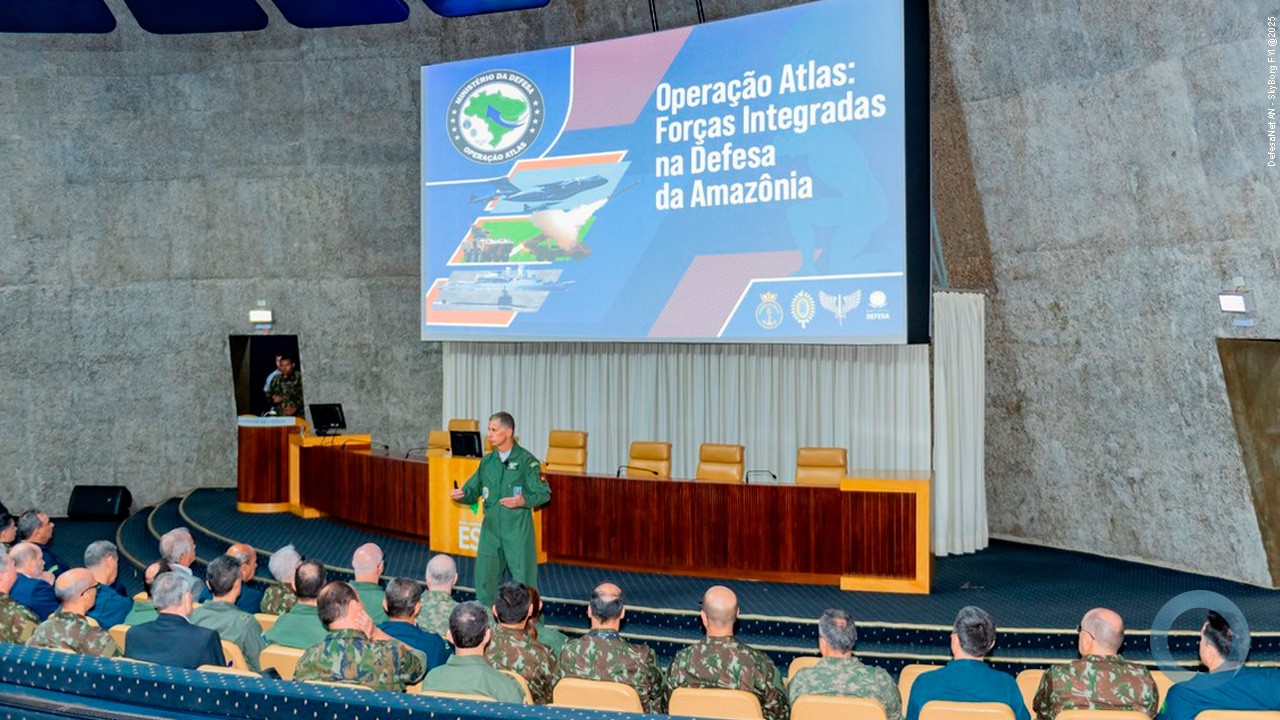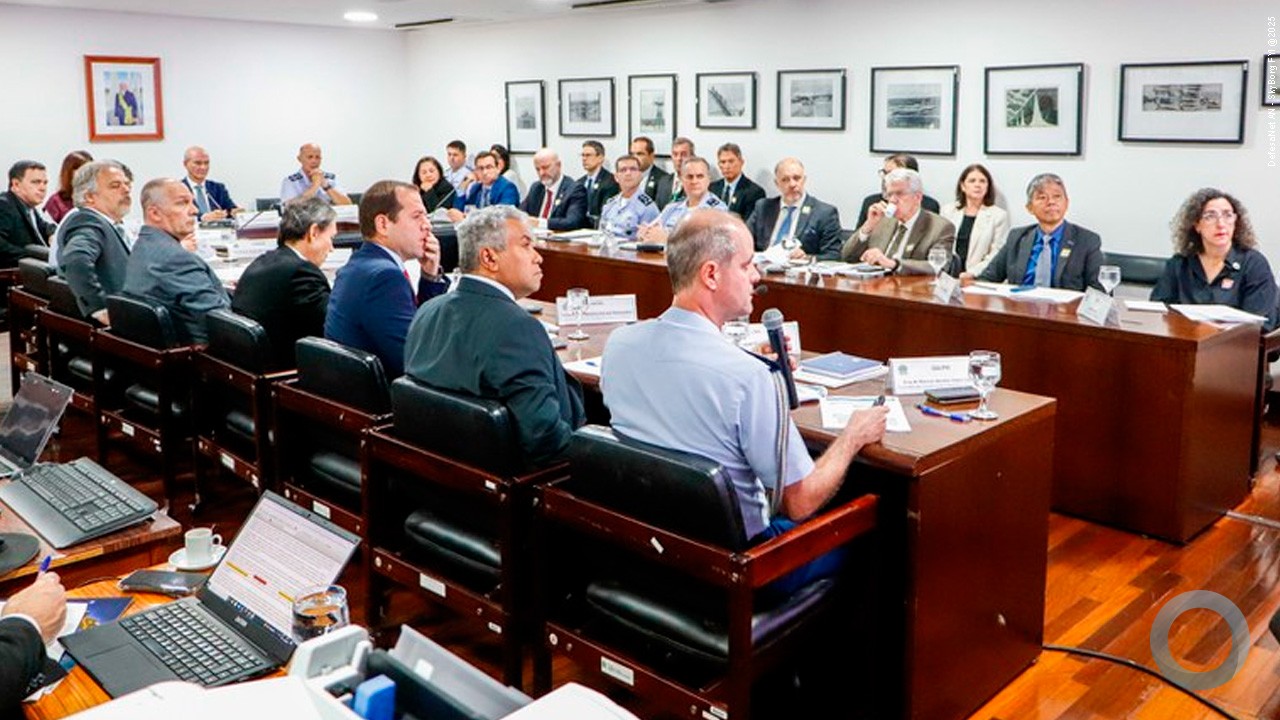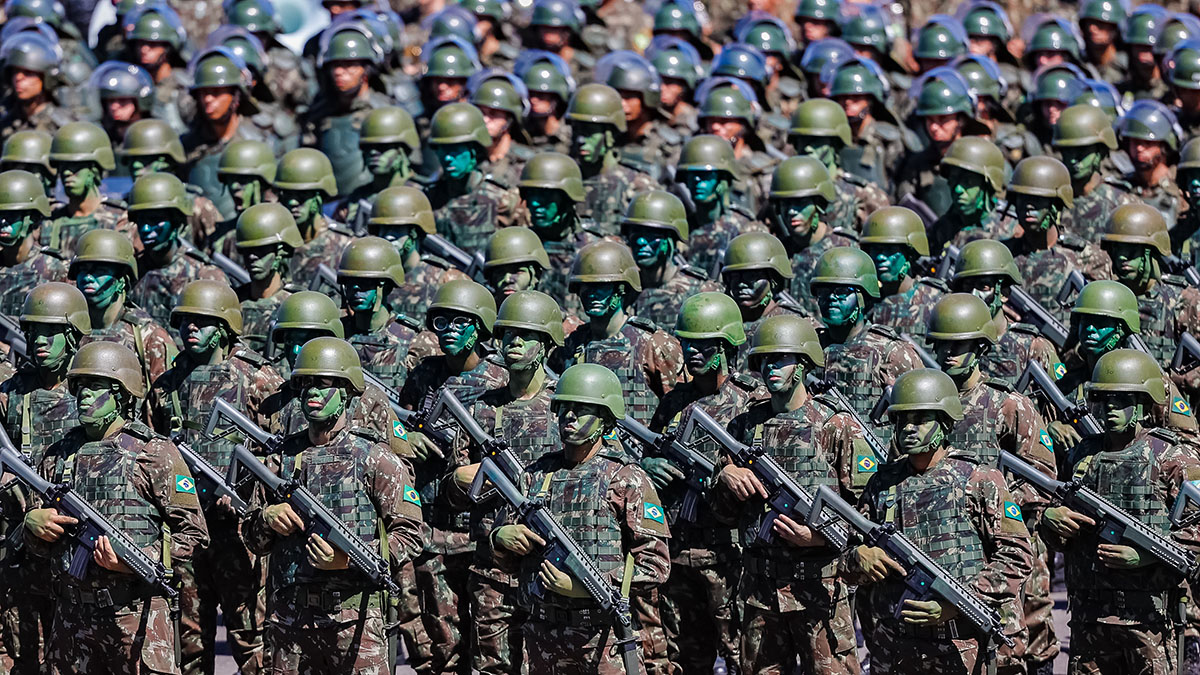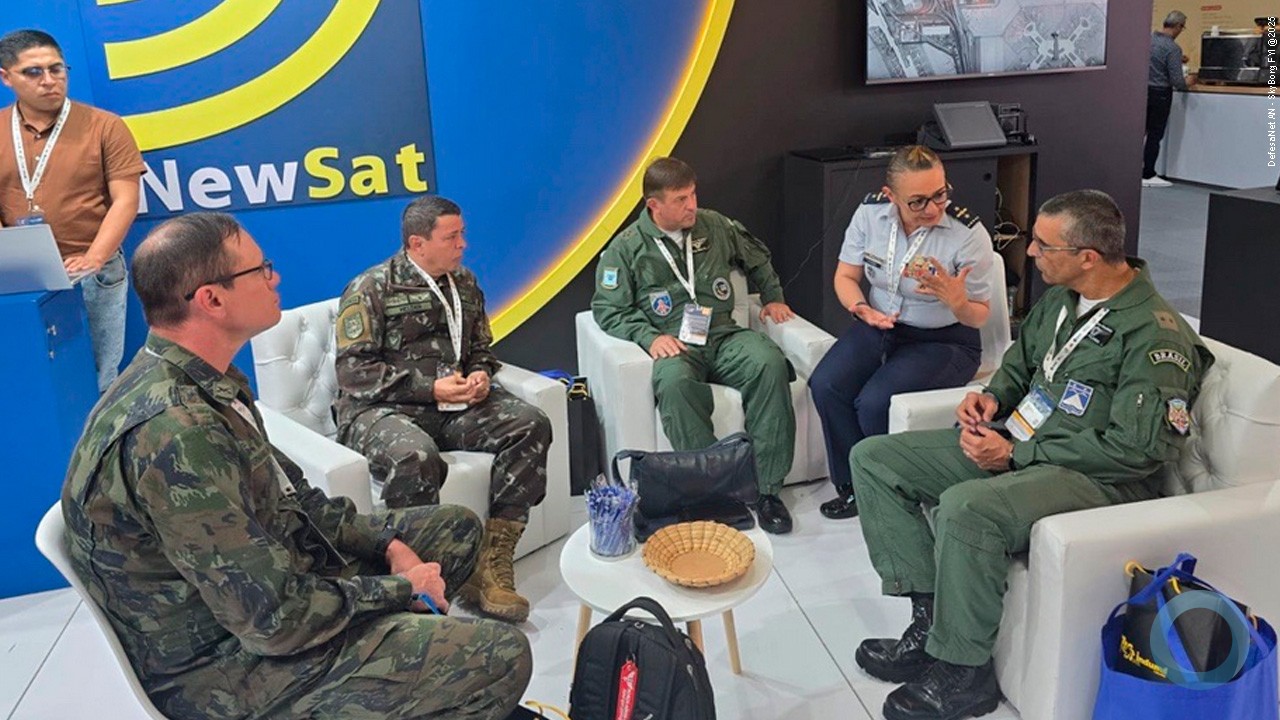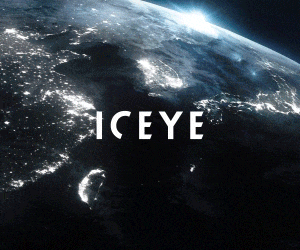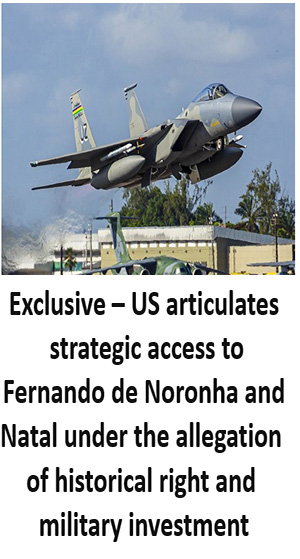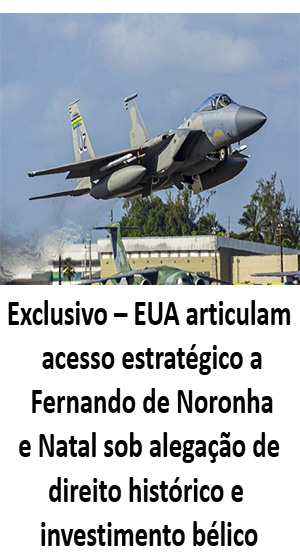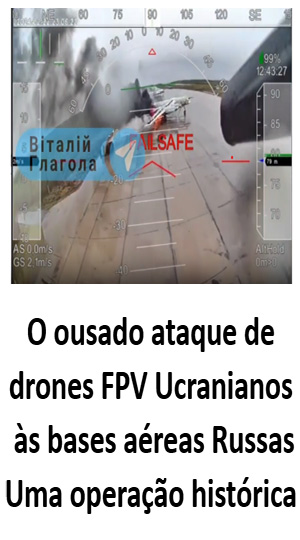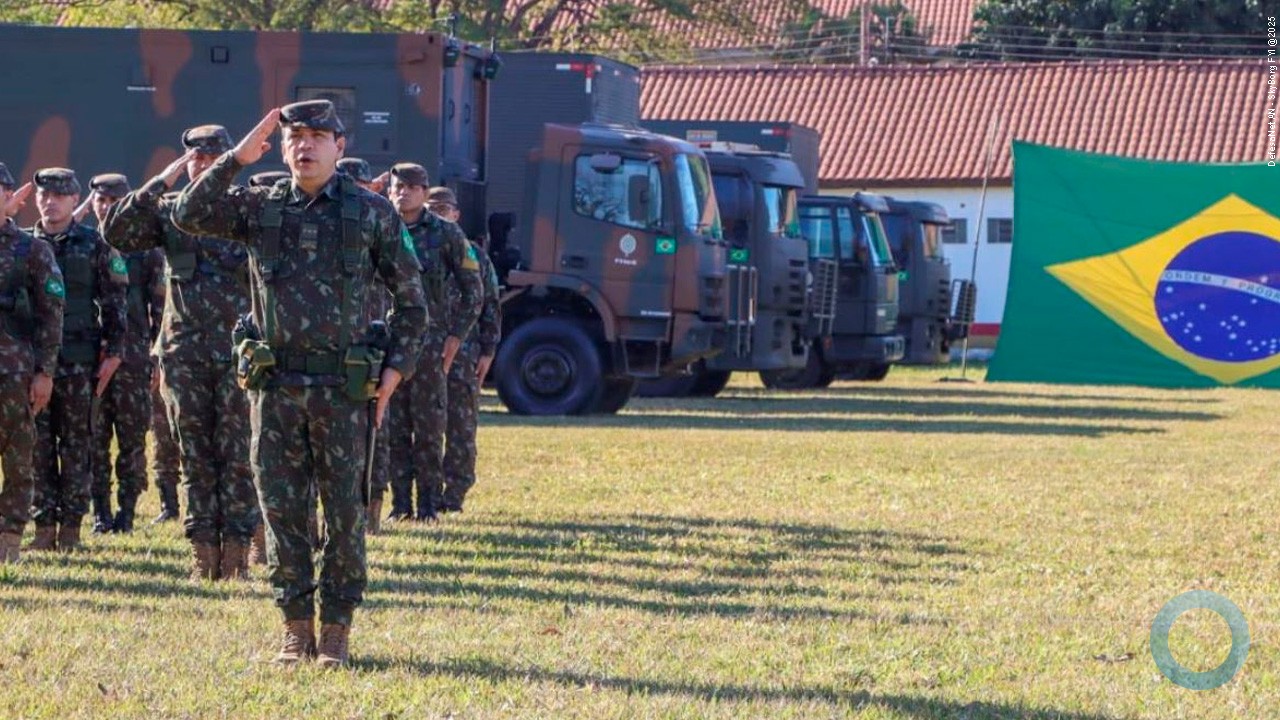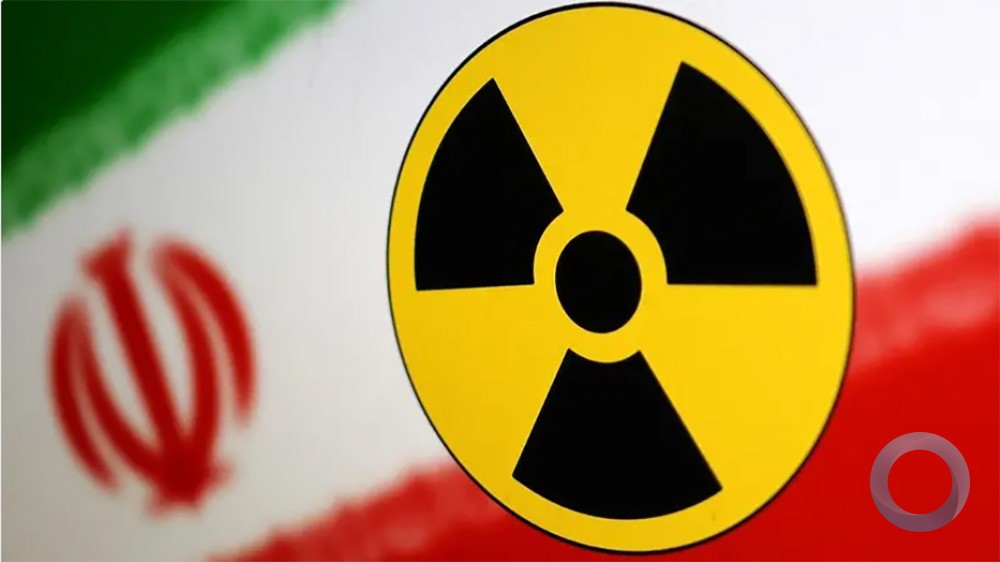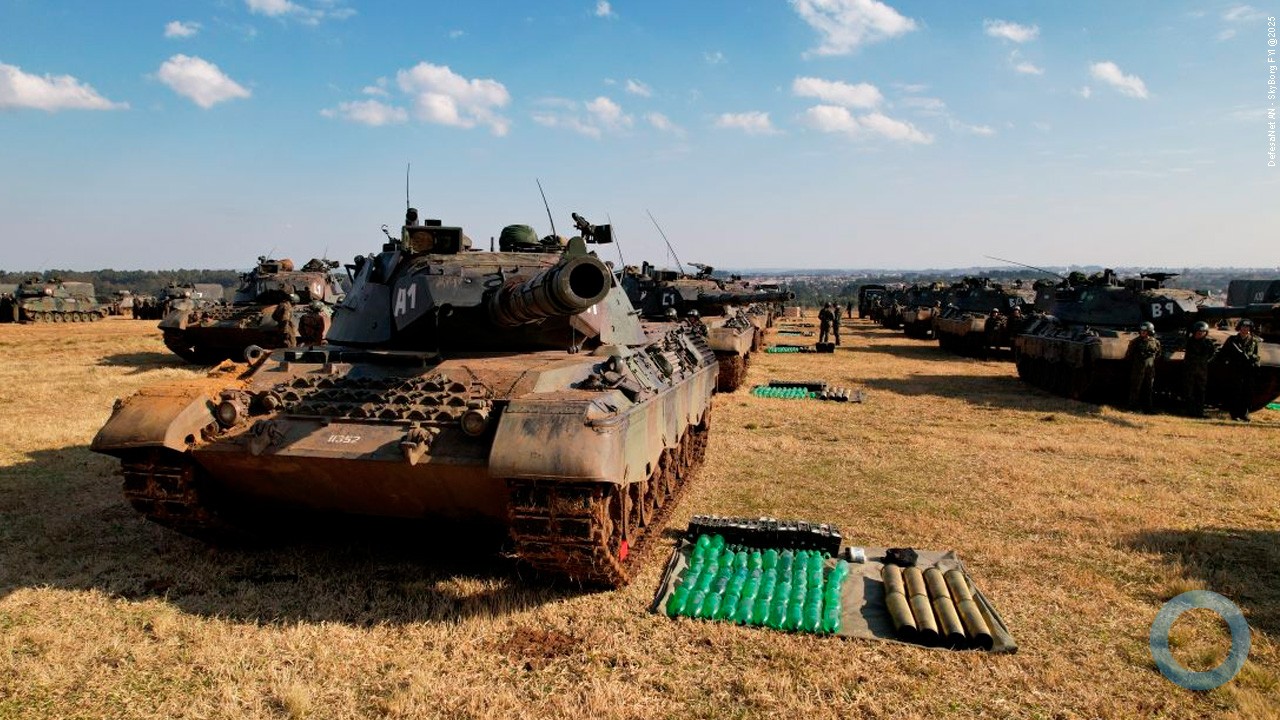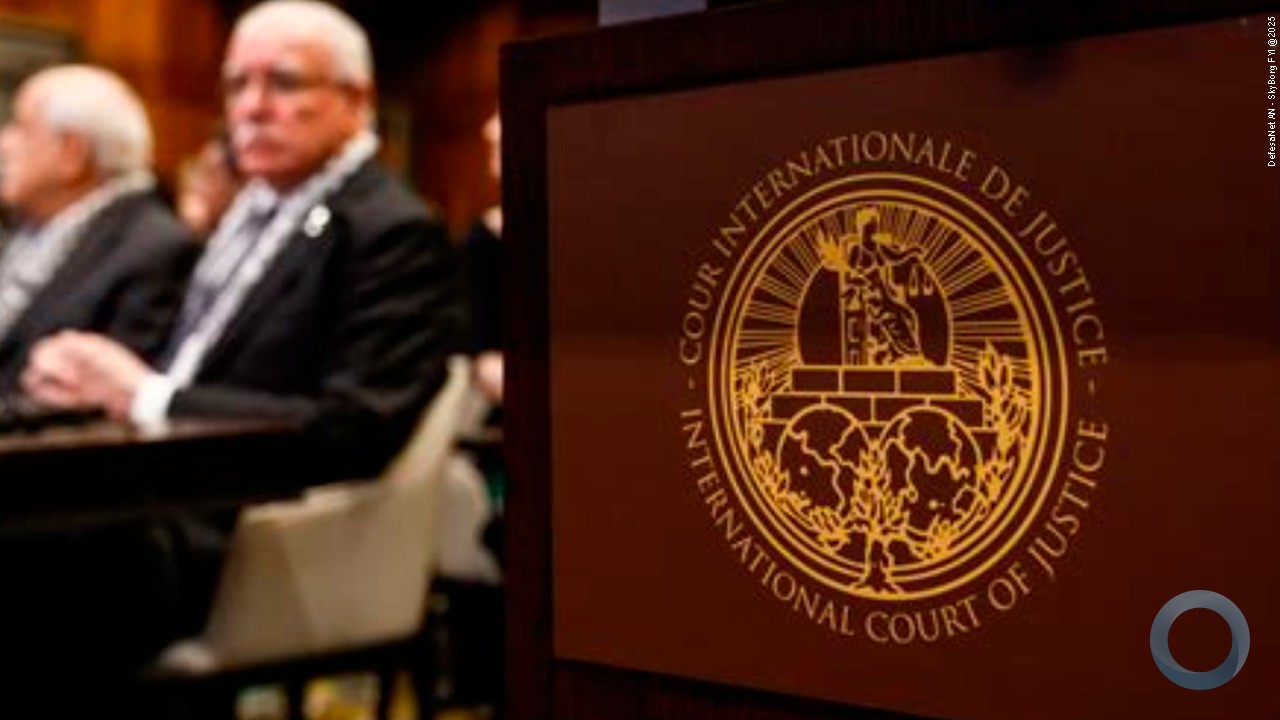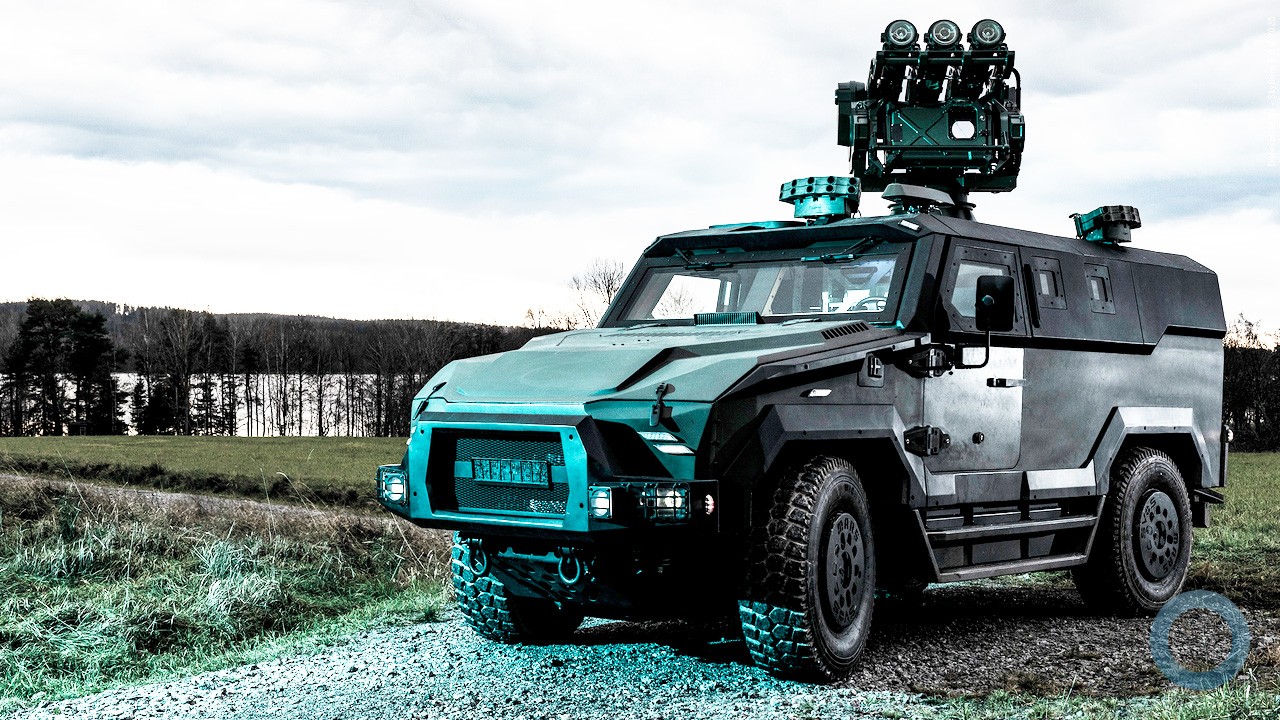Text in spanish
(Stockholm, 11 April 2011) World military expenditure in 2010 is estimated to have been $1630 billion, an increase of 1.3 per cent in real terms.* The region with the largest increase in military spending was South America, with a 5.8 per cent increase, reaching a total of $63.3 billion, according to new data published today by Stockholm International Peace Research Institute (SIPRI). The comprehensive annual update of the SIPRI Military Expenditure Database is accessible from today at www.sipri.org
‘This continuing increase in South America is surprising given the lack of real military threats to most states and the existence of more pressing social needs’, states Carina Solmirano, Latin America Expert of the SIPRI Military Expenditure Project.
Part of the explanation for this rise is to be found in the strong economic growth the region has experienced in recent years, while in other regions the effects of the global economic recession caused military spending to fall or at least rise more slowly in 2010.
The United States still exceptional in military spending
Although the rate of increase in US military spending slowed in 2010—to 2.8 per cent compared to an annual average increase of 7.4 per cent between 2001 and 2009, the global increase in 2010 is almost entirely down to the United States, which accounted for $19.6 billion of the $20.6 billion global increase.
‘The USA has increased its military spending by 81 per cent since 2001, and now accounts for 43 per cent of the global total, six times its nearest rival China. At 4.8 per cent of GDP, US military spending in 2010 represents the largest economic burden outside the Middle East’, states Dr Sam Perlo-Freeman, Head of the SIPRI Military Expenditure Project.
Economic recession slows global rise of military spending
The global increase in military spending of 1.3 per cent is the slowest annual rate of increase since the surge in global military expenditure began after 2001. Between 2001 and 2009, the annual increase averaged 5.1 per cent.
In many cases, the falls or slower increases represent a delayed reaction to the global financial and economic crisis that broke in 2008.
In Europe, where military spending fell by 2.8 per cent, governments began to address soaring budget deficits, having previously enacted stimulus packages in 2009. Cuts were particularly substantial in the smaller, more vulnerable economies of Central and Eastern Europe, as well as those with particular budget difficulties such as Greece.
In Asia, even though most economies did not experience a recession, economic growth slowed down in 2009 while military spending continued to rise rapidly. Thus, the slower increase of 1.4 per cent in military spending in 2010 partly readjusts growth in military spending to economic growth rates. The Chinese Government, for example, explicitly linked its smaller increase in 2010 to China’s weaker economic performance in 2009.
Other notable developments
The Middle East spent $111 billion on military expenditure in 2010, an increase of 2.5 per cent over 2009. The largest absolute rise in the region was by Saudi Arabia.
Estimated spending in Africa increased by 5.2 per cent, led by major oil-producers such as Algeria, Angola and Nigeria.
For editors
SIPRI’s research on military spending monitors developments in military expenditure worldwide and maintains the most comprehensive, consistent and extensive data source available on military expenditure. Military expenditure refers to all government spending on current military forces and activities, including salaries and benefits, operational expenses, arms and equipment purchases, military construction, research and development, and central administration, command and support. SIPRI therefore discourages the use of terms such as ‘arms spending’ when referring to military expenditure, as spending on armaments is usually only a minority of the total.
* All percentage increases and decreases are expressed in real terms (constant 2009 prices).
This is the third of the series of three major data set pre-launches before the launch on 7 June of SIPRI Yearbook 2011—cutting-edge information and analysis on the state of the world's nuclear forces, the international peacekeeping agenda and steps to control WMD as well as a feature on corruption in the international arms trade. SIPRI data on the arms industry was launched on 21 February and on international arms transfers on 14 March.
Fonte – SIPRI









